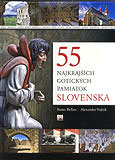55 Loveliest Gothic Sights in Slovakia
It took a whole century for Gothic architecture to make it from the cathedral in Chartres to the village of Kaplna on the edge of Podunajska Lowland, touching the territory of contemporary Slovakia. First moments were quite timid, with only a few elements in place. However, Gothic art was soon abundant throughout Slovakia. The most beutiful sights around the country were emerging, surrounded by the flow of the history. Many architectonic gems have survived to date, including, for instance, the easternmost Gothic cathedrale in Europe and the tallest wooden altar in the world. In this publication, rich in photographs and detailed texts, you`ll find the best of them. Publication is available in Slovak and in English languages.
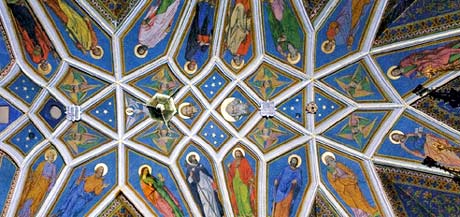
In early 14th century, four of the largest towns in Hungarian Kingdom were in the area of today's Slovakia. However, although Bratislava, Trnava, Košice and Banská Štiavnica had several thousand inhabitants, we can't really speak of them as being truly large. The whole of Slovakia had less than half a million inhabitants, living in not even 100 towns and 3,000 villages. At that time, besides traditional farming activities, development of trades, crafts and ore mining were gaining in importance. In richer areas the wealth was reflected especially in the sumptuousness of various buildings. On the other hand, Gothic architecture scattered many small churches all around the country. With the exception of their pointed archs and new vaults, everything about them reminds us of Romanesque history with interiors full of legends. Sculpture ornaments, which were not funded to a great extent, were rather reflected on wall paintings heading towards churches' presbyteries, where wing altars were dominant.
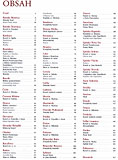
"55 splendid sites in this book, lined up in alphabetical order, attempt to create the picture of Gothic architecture in Slovakia, just like a national team trying to put its best on show. Despite the fact that Slovakia in all of its beauty couldn't influence the order of the medieval world too much, it was a part of this world for every single moment. We, as authors, are sharing our views and feelings with you, all accompanied by historical facts. It's like when you were a child and someone grabbed your shoulder to turn you to take a look in a direction in which it was worth watching, so that you couldn't miss the most important things. We're looking forward to meeting some of you admiring the pointed archs of portals on Slovak Gothic sites." (Stano Bellan and Alexander Vojček, Introduction)
Click on the picture for detailed contents.
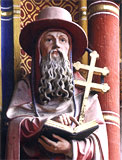
Previews from the book
Spissky Stvrtok
On Kozie Chrbty (Goat Ridges) lying on the outskirts of Levocské Hills, where three main roads crossing the area of Spis meet, there lies Spisský Stvrtok, a village with a triangular square.
From here leads the road to the western part of Slovak Paradise mountain range, but admirers of history and art will find their destination right in the heart of the village - the Church of St. Ladislav with the Chapel of Zápolský and the Monastery of Minorites.
The village in medieval times was an occasional seat of "Small Spis Region", the association of 11 towns of Spis, which actually brought it under the strong control of Spiš Castle. Following the abolition of vassalage, the village was the seat of Spiš Chamber until 1774.
Sculptures of four disciples can be seen on the side walls of the chapel.
Spisska Kapitula

Spiš Chapter is a strange part of the world we live in today. This small town, which emerged as a base for clerical administration, has one of the most important churches in Slovakia. Chapter had its own property, seal, and a special legal status. Spiš Priory was established here as a part of Esztergom Achbishopry in the late 12th century, as a response to German colonisation of the region. Priory was an institution almost on the level of a bishopry, directly managing local German parishes. Close fellow workers of the provost were de facto forming a committee of advisors - i.e. chapter. The chapter was responsible for electing the provost and bishop, and acted on behalf of head of church in periods when the seat was vacant.
There is a firm evidence that in 1209 King Andrew II gave these lands to the first known provost, Adolf of Merán. It is very probable that a Benedictine monastery used to stand here even in the llth century.
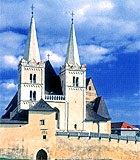
Cathedral of St. Martin and the Zápolský Chapel
In this three-nave cathedral on the western edge of Spiš Chapter, Romanesque style meets late Gothic style. This strange combination of styles reflects the needs of the period. The cathedral was built in the mid-13th century, and wearing its typical Romanesque look (with two prism-shaped towers) it served for the next 200 years. In 1462, the foundation stone of Gothic presbytery was laid, and at the same time many other reconstruction improvements were launched. As the interior went constantly more Gothic, a new main altar was installed in 1478. Its most valuable part is represented by board paintings featuring saint kings, a bishop, and six female saints.
Published: 2009-06-14
Updated: 2009-06-14
Categories: - Historical Attractions



